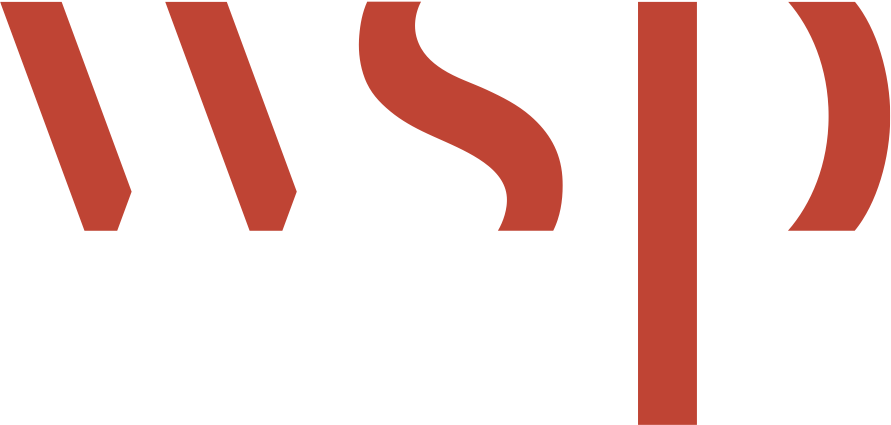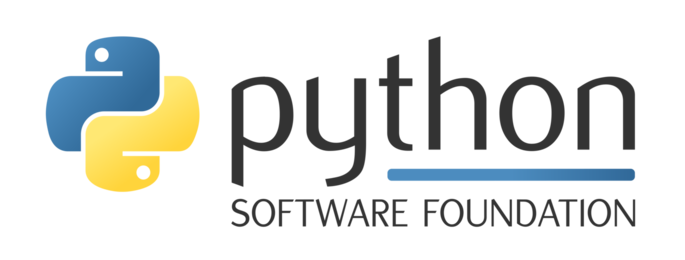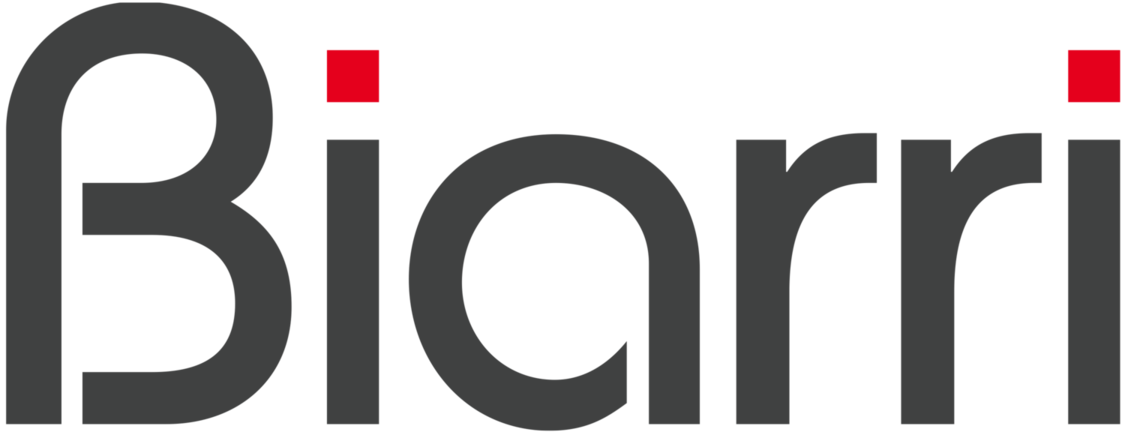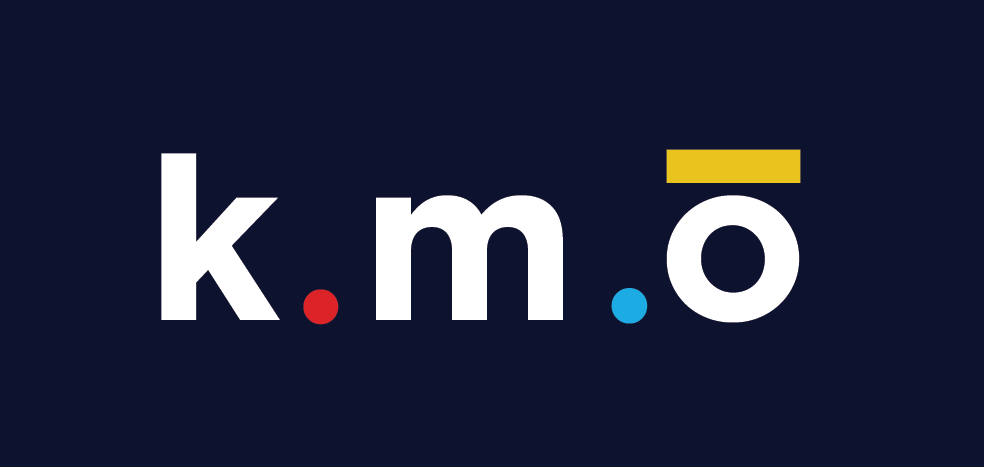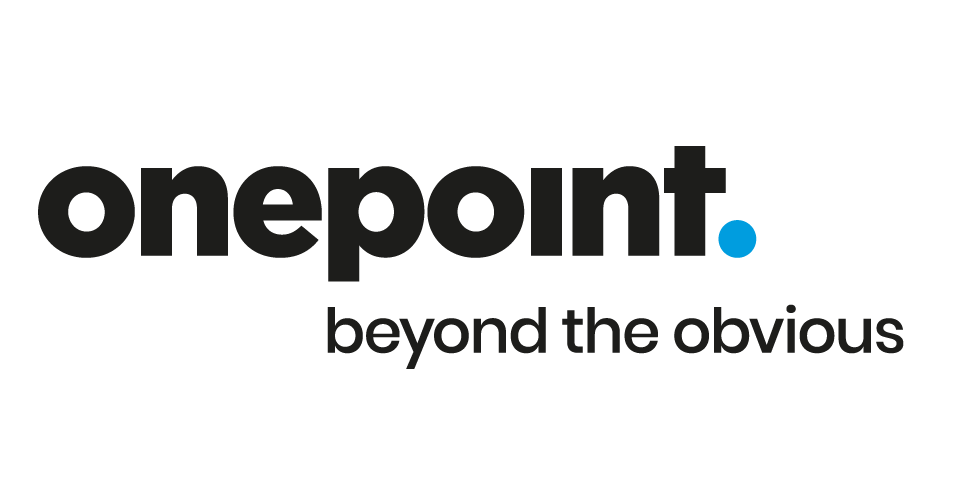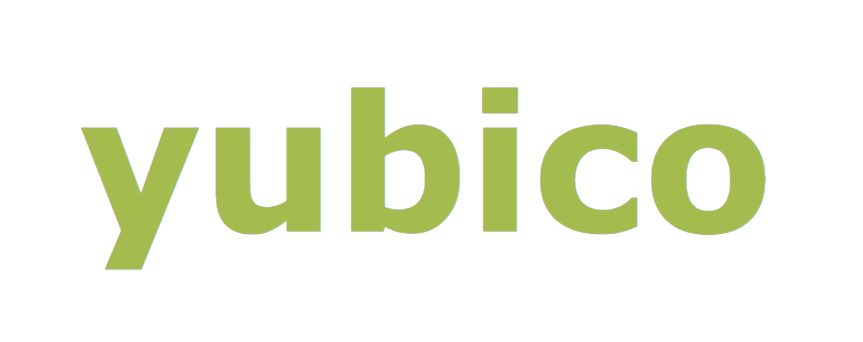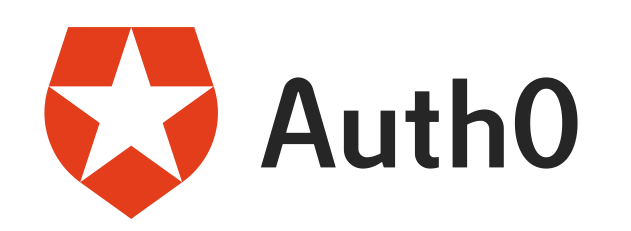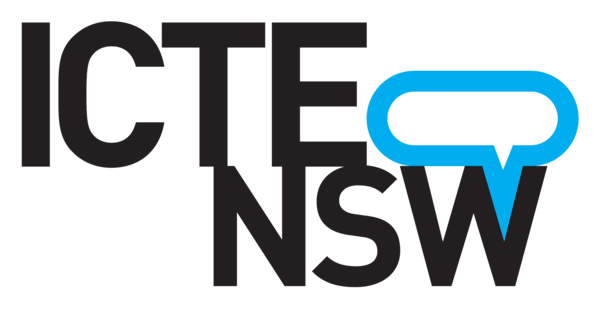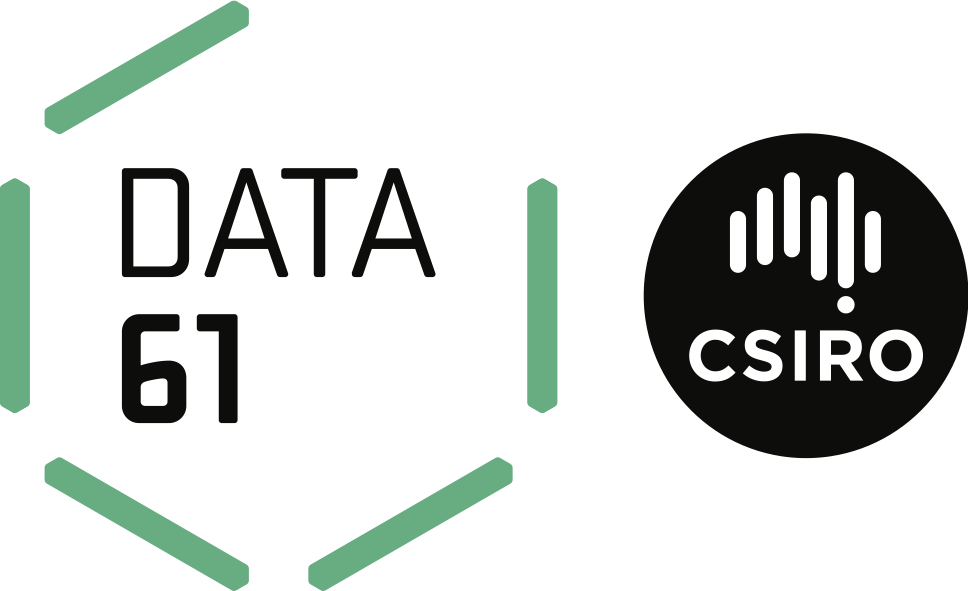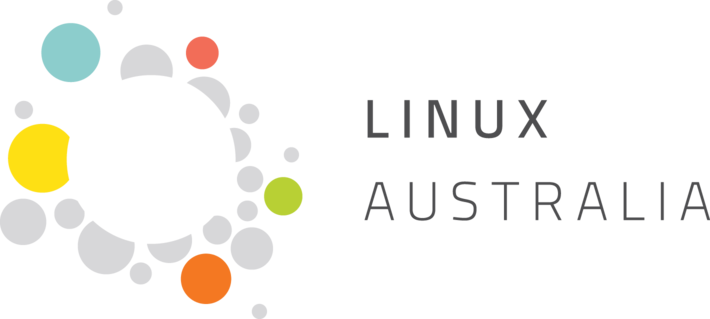Let’s make some art! Scalable vector graphics are essentially just big strings of text… and Python is great for manipulating text. Learn how you can get started using text (and a bit of math) to generate art in this fundamentals talk exploring the basics of SVG formatting and manipulation.
Generative art is a very popular way to use programming and randomness to assist with creating graphics that can be used for backgrounds on web pages and logos or printables. Let’s see how that works by using Python to manipulate text to make some nice, random vector graphics.
This fundamentals talk will give you the basics of SVG formatting, and show you how to get started with making SVGs yourself, and then how you can manipulate the underlying text to generate new art. It’s not a highly technical talk and will be suitable for all user abilities.
Delivery of the content will involve some live coding and audience participation to explore the benefits (and maybe some drawbacks) of using Python for building SVGs.
Watch 'Pretty vector graphics - Playing with SVG in Python' on PyCon AU's YouTube account
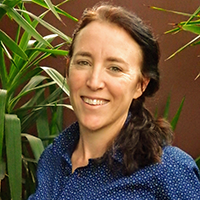
Amanda J Hogan
Amanda Hogan is a Computing Education Specialist at the ACA and the president of the ICTENSW professional association for computing teachers. She has been a secondary Computing Teacher for 10 years and has come to teaching after working in the IT industry most recently at Microsoft Australia but she’s been doing this a while now. Amanda is an active tutor and content creator in the Girls Programming Network Sydney Chapter. She has run the Maths, Coding and Robotics clubs at school and is a keen programmable electronics hobbyist.

